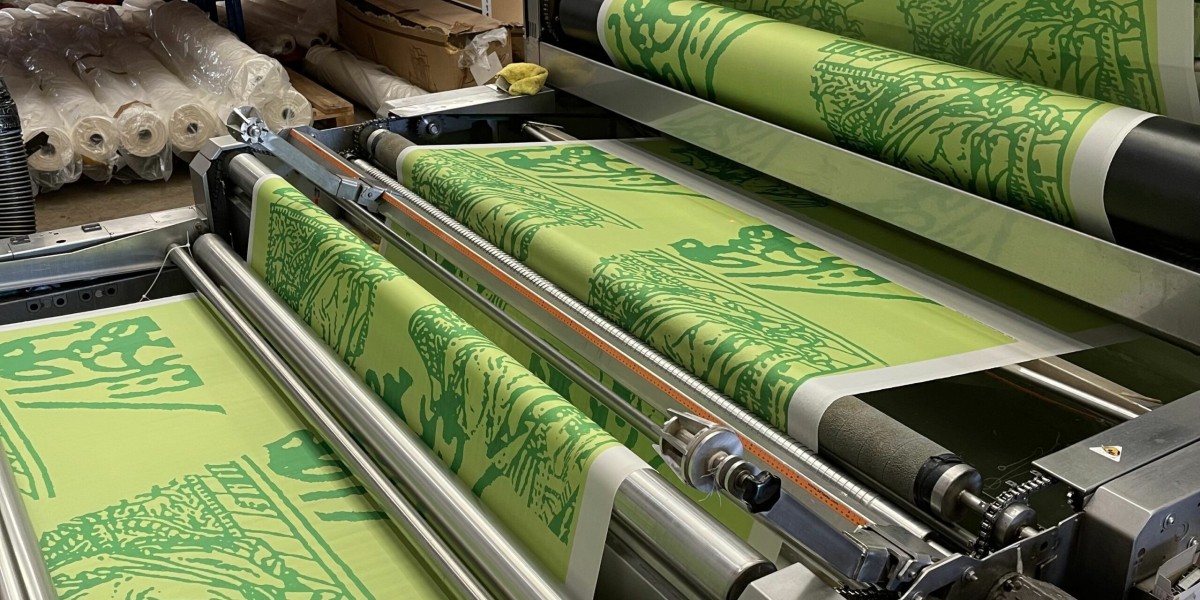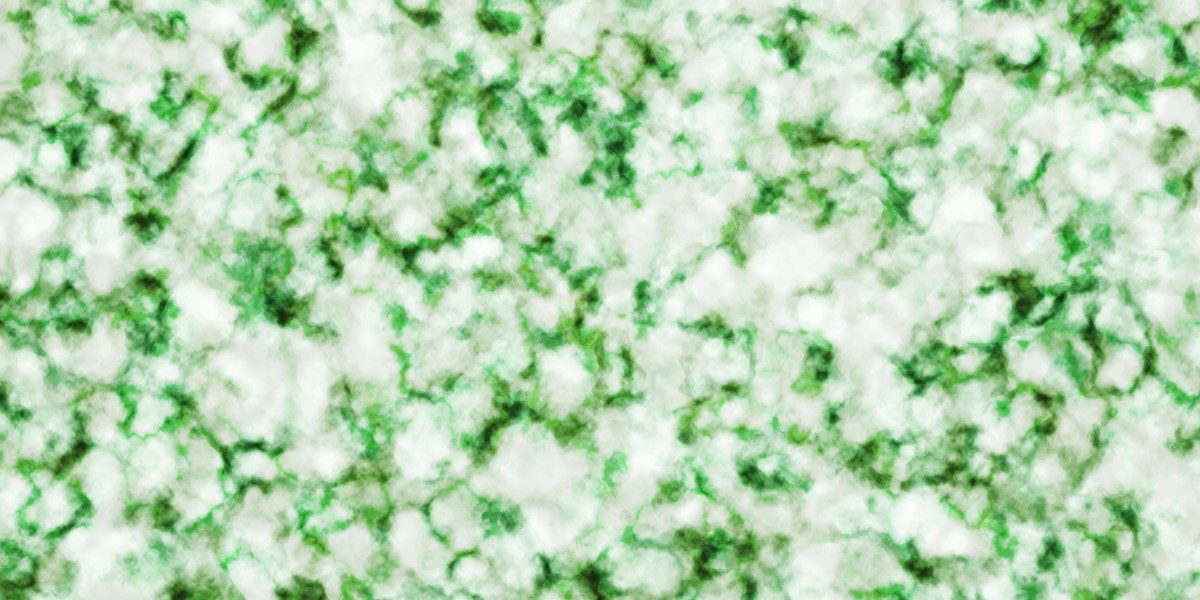Smart textiles, also known as e-textiles, are revolutionizing the fashion, healthcare, and wearable technology sectors. These fabrics integrate electronic components such as sensors, conductive threads, and responsive materials, enabling functionalities like health monitoring, temperature regulation, or interactive garments.
The development of smart textiles requires precise and flexible printing methods. Digital fabric printing plays a crucial role in this innovation, allowing manufacturers to combine traditional textile aesthetics with advanced electronic functionality. Its precision, adaptability, and compatibility with various inks and substrates make it ideal for producing functional and interactive textiles.
By supporting both creative design and technological integration, digital printing facilitates the rapid advancement of smart textile solutions.
Integration of Conductive and Functional Inks
A key aspect of smart textiles is the incorporation of conductive and functional inks, which allow fabrics to transmit electricity, detect changes, or respond to environmental stimuli. Digital printing enables:
Accurate deposition of conductive inks on complex textile surfaces
Integration of sensors, circuits, and interactive elements
Layered printing without affecting the flexibility or comfort of the fabric
With digital fabric printing, manufacturers can precisely control ink placement and thickness, ensuring consistent electrical performance while maintaining fabric quality.
Rapid Prototyping and Iteration
Smart textile development often requires multiple design iterations and testing cycles. Traditional methods of applying functional inks or integrating components can be time-consuming and inflexible.
Digital printing streamlines prototyping by allowing designers to:
Quickly adjust patterns and electronic layouts digitally
Print functional elements on demand without large setups
Test multiple configurations rapidly to identify optimal designs
This iterative capability accelerates research and development, shortening the time from concept to functional smart textile.
Compatibility With Diverse Fabrics
Smart textiles are made from various fibers, including cotton, polyester, blends, and high-performance technical fabrics. Achieving reliable performance across different materials requires a flexible printing process.
Digital fabric printing adapts to multiple fabric types by:
Adjusting ink formulations for optimal adhesion and conductivity
Pre-treating fabrics for enhanced print durability
Ensuring minimal interference with the textile’s physical properties
This versatility enables designers to integrate smart features into diverse applications, from wearable electronics to medical textiles.
Precision and Miniaturization
The functionality of smart textiles often relies on small, precise components and circuits. Even slight misalignments can affect sensor performance or electrical connectivity.
Digital printing provides:
Micron-level control over ink deposition
Accurate layering of multiple functional inks
Consistent reproduction of complex patterns and circuitry
With digital fabric printing, manufacturers achieve the level of precision required for reliable and efficient smart textiles, supporting innovation in wearable technology.
Cost Efficiency and Scalability
Developing smart textiles can be expensive due to the complexity of materials and integration processes. Digital printing reduces costs by:
Enabling on-demand production of prototypes and small batches
Minimizing material waste with precise ink application
Reducing labor-intensive steps in traditional methods
This makes smart textile production more accessible, supporting both experimental research and scalable commercial manufacturing through digital fabric printing.
Sustainability and Reduced Waste
Smart textile production benefits from sustainable practices, as functional inks and electronic components can be costly and environmentally sensitive. Digital printing contributes to sustainability by:
Using precise ink deposition to avoid waste
Supporting on-demand and small-batch printing to reduce excess production
Integrating eco-friendly inks without compromising functionality
By reducing waste and resource consumption, digital fabric printing aligns innovation with environmental responsibility.
Enhancing Design Creativity
Digital printing not only supports functional requirements but also allows designers to maintain aesthetic freedom. Patterns, colors, and textures can be combined with electronic components, enabling:
Visually appealing smart garments without compromising technology
Integration of interactive designs, graphics, and branding
Experimentation with complex layouts that complement smart features
This combination of creativity and functionality drives innovative applications in fashion, healthcare, sports, and wearable tech.
FAQs
Q1: Can digital printing print functional circuits on textiles?
Yes, precise deposition of conductive and functional inks allows digital printing to create integrated circuits and sensor pathways on fabrics.
Q2: Are smart textiles durable after digital printing?
With proper pre-treatment and fixation, digitally printed smart textiles maintain durability, conductivity, and wash fastness suitable for commercial use.
Q3: Can digital printing support small-batch smart textile production?
Absolutely. On-demand digital printing allows prototype development and small-scale production efficiently, reducing costs and material waste.
Q4: Is digital printing compatible with all fabric types for smart textiles?
Yes. Digital fabric printing can be adapted for natural, synthetic, and technical textiles with appropriate ink selection and pre-treatment processes.
Q5: Does digital printing limit design creativity in smart textiles?
No. Digital printing allows combining functional elements with complex patterns, colors, and textures, supporting both technology and aesthetics.
Conclusion
Digital printing has become a cornerstone in the development of smart textiles. Its precision, adaptability, and compatibility with diverse fabrics and functional inks enable rapid prototyping, small-batch production, and intricate design integration.
Digital fabric printing allows manufacturers and designers to combine technology with creativity, producing innovative, functional, and visually appealing textiles. By reducing waste, supporting sustainability, and accelerating development, digital printing drives the advancement of smart textile applications across fashion, healthcare, and wearable technology industries.



